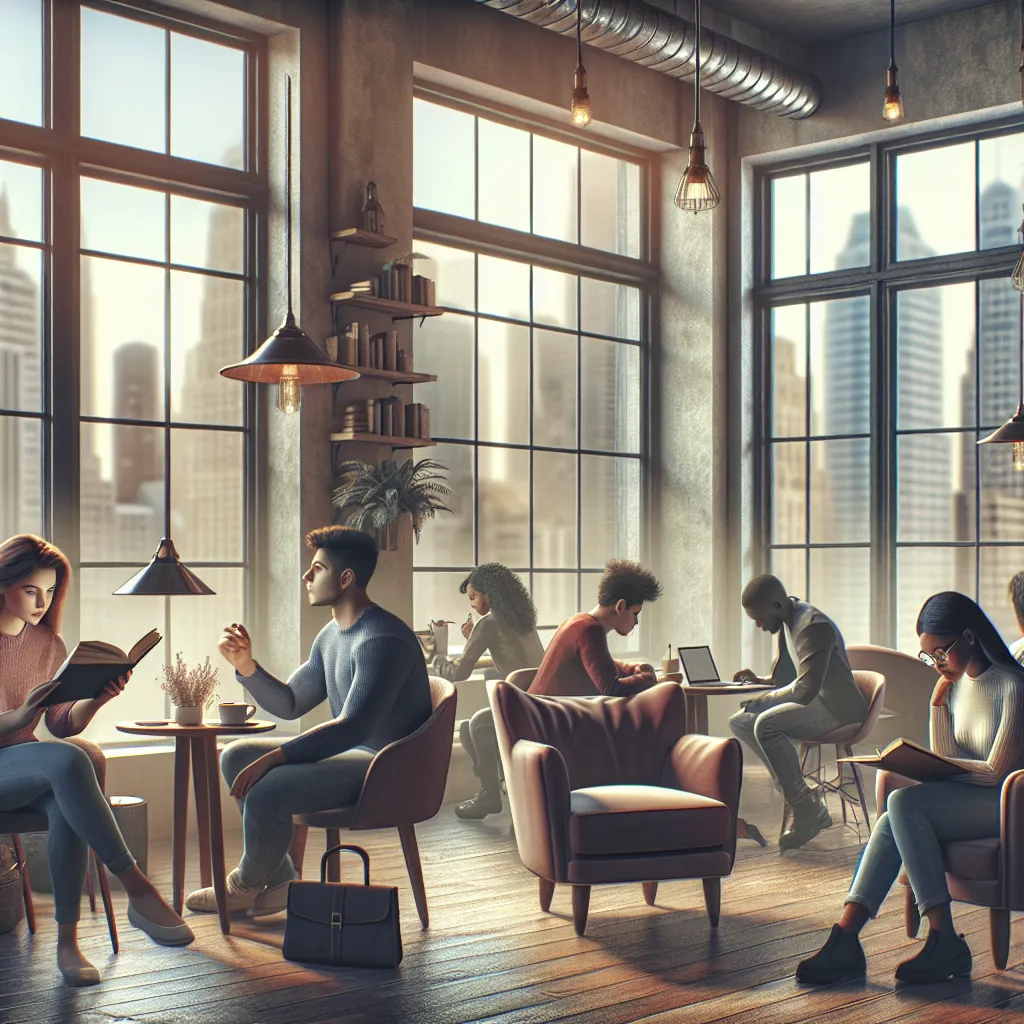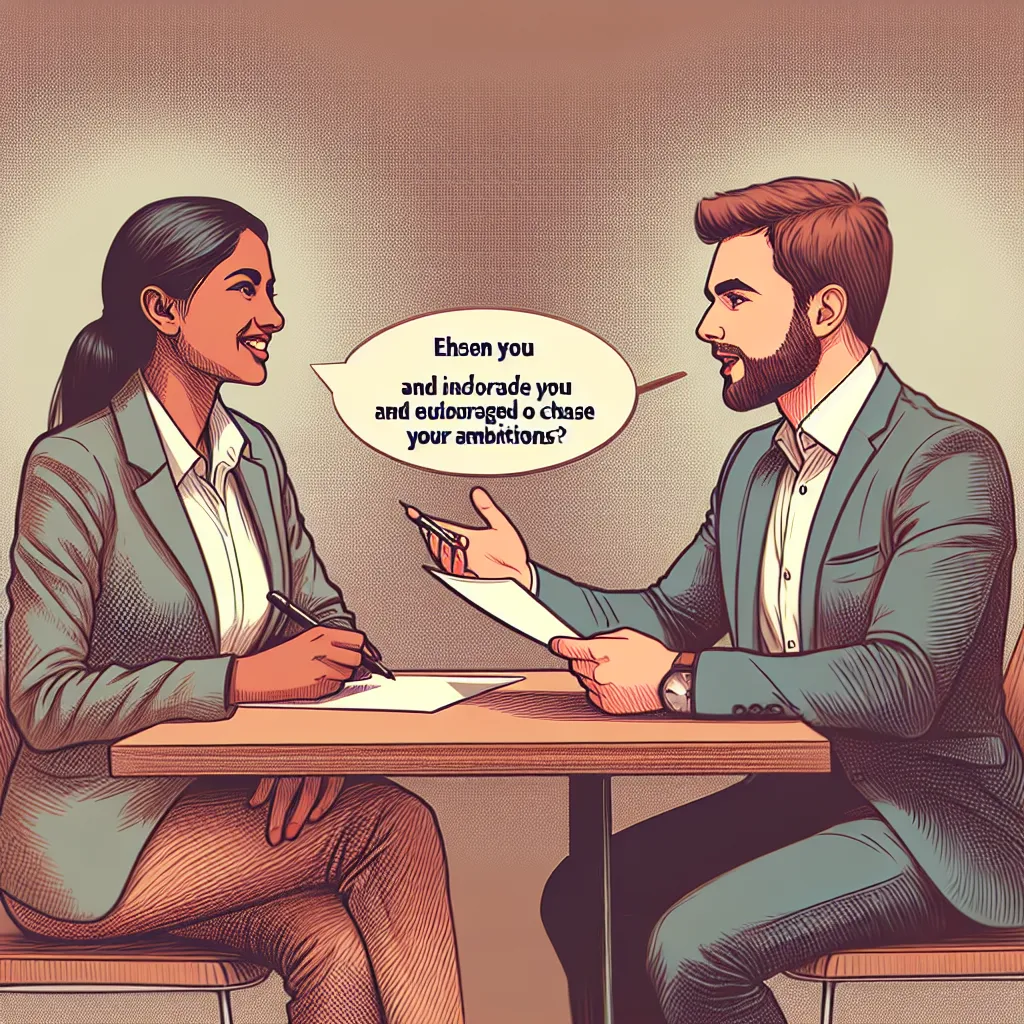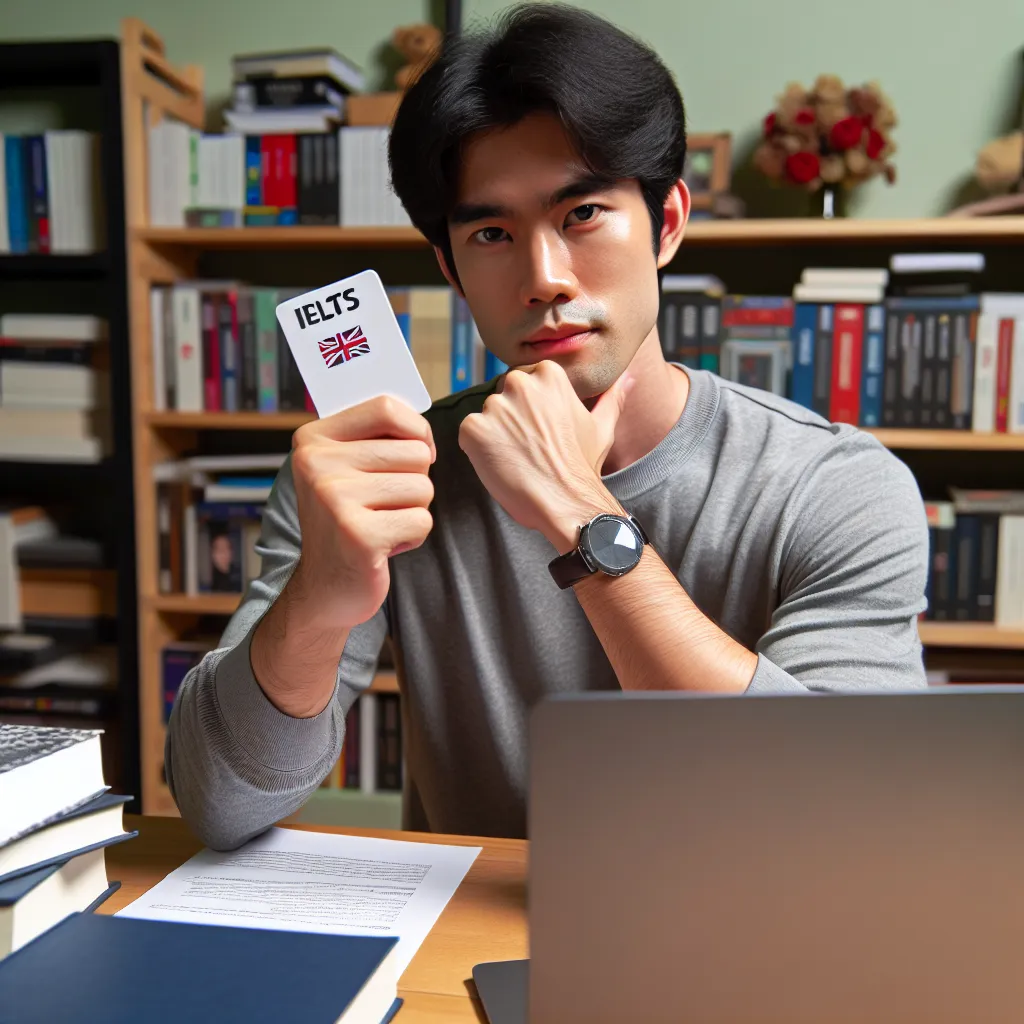The IELTS Speaking test often includes questions about personal experiences and preferences. One common topic is describing a place where you go to relax after work. This article will provide you with valuable tips and sample answers to help you excel in this part of the IELTS Speaking test.
Nội dung bài viết
Part 1: Introduction and Interview
In Part 1, the examiner may ask you some general questions about relaxation and your habits after work. Here are some possible questions:
- Do you have any specific ways to relax after work?
- How often do you take time to relax?
- Is it important for people to have a place to relax?
Let’s look at a sample answer for the first question:
Sample Answer (Band 7-8):
“Yes, I definitely have a few go-to methods for unwinding after a long day at work. My favorite is taking a leisurely stroll in the park near my apartment. The combination of fresh air and greenery really helps me decompress and clear my mind. Sometimes, I also enjoy curling up with a good book on my balcony, especially if the weather is nice. It’s a great way to escape into another world and forget about any work-related stress.”
Part 2: Long Turn (Cue Card)
For Part 2, you might receive a cue card like this:
Describe a place where you go to relax after work.
You should say:
- Where it is
- How often you go there
- What you do there
- And explain why you find it relaxing
Sample Answer (Band 7-8):
“I’d like to talk about my favorite spot to unwind after a hectic day at work – a cozy little café called ‘The Hideaway’ that’s tucked away in a quiet corner of my neighborhood.
The café is situated on a tree-lined street, about a 10-minute walk from my office. It’s a charming place with large windows that let in plenty of natural light, comfortable armchairs, and soft background music that creates a soothing atmosphere.
I try to visit The Hideaway at least twice a week, usually on Wednesdays and Fridays when work tends to be more demanding. These visits have become a sort of ritual for me, a way to decompress and transition from work mode to personal time.
When I’m there, I typically order a cup of their signature lavender latte and find a quiet corner to sit. I often bring a book or my journal, allowing myself to get lost in a good story or jot down my thoughts. Sometimes, I simply sit and people-watch, observing other patrons and letting my mind wander.
What makes The Hideaway so relaxing for me is the combination of its serene ambiance and the sense of escape it provides. The moment I step inside, I feel my shoulders relax and my breathing slow down. The café has this magical ability to make me feel removed from the hustle and bustle of city life, even though it’s right in the heart of it. The staff are always friendly but not intrusive, which adds to the comfortable atmosphere.
Moreover, the act of sipping a warm drink and engaging in a leisurely activity like reading or writing helps me mentally detach from work-related stress. It’s a space where I can recharge my batteries and regain my equilibrium before heading home.
In essence, The Hideaway serves as my personal oasis in the city – a place where I can reliably find peace and relaxation after a demanding day at work.”
 Cozy cafe interior
Cozy cafe interior
Examiner’s Follow-up Questions:
- Do you think it’s important for people to have a specific place to relax?
- How has your approach to relaxation changed over the years?
Sample Answers (Band 8-9):
-
“Absolutely, I believe having a dedicated space for relaxation is crucial in today’s fast-paced world. It provides a mental anchor, a place associated with calmness and peace. This association can trigger a pavlovian response of relaxation, making it easier to unwind. Moreover, a specific relaxation spot can serve as a physical boundary between work and personal life, which is especially important in the age of remote work where these lines often blur. It’s not just about the physical space, but the psychological shift it represents – a transition from stress to serenity.”
-
“My approach to relaxation has evolved significantly over the years. In my younger days, I equated relaxation with high-energy activities like going out with friends or playing sports. While these were enjoyable, I often found myself feeling drained rather than recharged. As I’ve matured, I’ve come to appreciate the value of quieter, more introspective forms of relaxation. I’ve learned to cultivate mindfulness and find joy in simpler activities like reading or gardening. This shift has made my relaxation time more purposeful and rejuvenating. I’ve also become more proactive about scheduling relaxation time, recognizing it as a necessity rather than a luxury.”
Part 3: Two-way Discussion
In Part 3, the examiner will ask more abstract questions related to the topic. Here are some possible questions and sample answers:
Q: How do you think the concept of relaxation differs across cultures?
A (Band 8-9): “The concept of relaxation is undoubtedly influenced by cultural norms and values. In some Western cultures, relaxation might be associated with individual activities like reading a book or taking a solitary walk. There’s often an emphasis on ‘me time’ and personal space. In contrast, many Eastern cultures might view relaxation as a more communal activity, such as sharing a meal with family or participating in group activities like tai chi in parks.
Moreover, the pace of relaxation can vary. Some cultures, like those in Mediterranean countries, embrace the concept of ‘siesta’ or afternoon rest, viewing it as an integral part of daily life. In contrast, in countries with a strong work ethic like Japan or the United States, taking time to relax might be seen as less important or even as a sign of laziness.
Religious and philosophical traditions also play a role. For instance, in Buddhist cultures, meditation is often seen as a key form of relaxation and spiritual practice. In contrast, in some Western countries, relaxation might be more associated with physical comfort or entertainment.
It’s also worth noting that globalization is blurring these distinctions to some extent. Practices like yoga and mindfulness, which originated in Eastern cultures, have become popular relaxation techniques worldwide. This cross-cultural exchange is leading to a more diverse and holistic understanding of relaxation across different societies.”
Q: Do you think the way people relax has changed with the advent of technology?
A (Band 8-9): “Technology has undeniably revolutionized the way many people approach relaxation, bringing both positive and negative changes. On one hand, technology has made relaxation more accessible and diverse. We now have meditation apps that guide us through mindfulness exercises, streaming services that offer a vast array of entertainment options, and virtual reality experiences that can transport us to serene environments, all from the comfort of our homes.
However, this technological integration has also led to some concerning trends. The constant connectivity enabled by smartphones and social media can make it difficult for people to truly ‘switch off’ and relax. There’s often a compulsion to check notifications or scroll through feeds, which can actually increase stress levels rather than reduce them.
Moreover, the line between relaxation and stimulation has become blurred. Many people now ‘relax’ by engaging with high-stimulation content like action-packed video games or binge-watching intense TV series. While enjoyable, these activities might not provide the same restorative benefits as more traditional forms of relaxation.
That said, I believe we’re seeing a growing awareness of these issues and a resulting push-back. There’s an increasing emphasis on ‘digital detoxes’ and mindful use of technology. Some people are deliberately seeking out ‘analog’ relaxation methods, like reading physical books or engaging in crafts, as a counterbalance to their tech-heavy lives.
In essence, while technology has changed relaxation habits, it’s also spurring a reevaluation of what true relaxation means in the digital age. The key lies in harnessing the benefits of technology for relaxation while being mindful of its potential pitfalls.”
Key Vocabulary and Phrases
To score high in the IELTS Speaking test, it’s crucial to use a range of advanced vocabulary and idiomatic expressions. Here are some key terms and phrases from the sample answers, along with their meanings and usage:
-
Decompress /ˌdiːkəmˈpres/ (verb): To relax or calm down after a period of stress.
Example: “After a hectic week, I need to decompress by taking a long bath.” -
Soothing atmosphere /ˈsuːðɪŋ ˈætməsfɪə(r)/ (phrase): An environment that promotes calmness and relaxation.
Example: “The spa’s soothing atmosphere helped me forget all my worries.” -
Ritual /ˈrɪtʃuəl/ (noun): A series of actions or type of behavior regularly and invariably followed by someone.
Example: “My evening cup of tea has become a daily ritual that helps me unwind.” -
Recharge one’s batteries (idiom): To rest and relax in order to restore one’s energy and enthusiasm.
Example: “I took a week off work to recharge my batteries.” -
Cultivate mindfulness (phrase): To develop a mental state achieved by focusing one’s awareness on the present moment.
Example: “Practicing yoga has helped me cultivate mindfulness in my daily life.” -
Pavlovian response /pævˈləʊviən rɪˈspɒns/ (phrase): An automatic, conditioned reaction to a specific stimulus.
Example: “The sound of waves now triggers a Pavlovian response of relaxation in me.” -
Blur the lines (idiom): To make the distinction between two things unclear.
Example: “Working from home has blurred the lines between professional and personal life for many people.”
Examiner’s Advice
To score high in the IELTS Speaking test, particularly when describing a place where you relax:
-
Use specific details: Instead of general statements, provide vivid descriptions that paint a picture for the listener.
-
Employ a range of vocabulary: Utilize advanced words and phrases related to relaxation and emotions.
-
Vary your sentence structure: Mix short and long sentences, and use different grammatical structures to demonstrate linguistic flexibility.
-
Show personal reflection: Explain not just what you do, but why it’s important to you and how it affects you.
-
Practice fluency: Aim to speak smoothly without long pauses, but don’t sacrifice accuracy for speed.
-
Develop your ideas: In Parts 2 and 3, elaborate on your points with examples and explanations.
-
Stay on topic: Ensure your answers are relevant to the question asked, especially in the more challenging Part 3.
Remember, regular practice is key to improving your speaking skills. Try recording yourself answering sample questions and listen back to identify areas for improvement.
For more tips on acing the IELTS Speaking test, you might find our articles on describing a place where you feel comfortable and describing a place where you socialize helpful. These resources can provide additional insights and strategies for tackling similar topics in your IELTS Speaking test.


